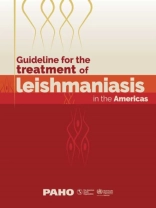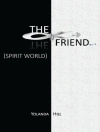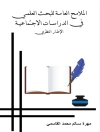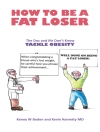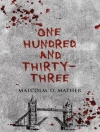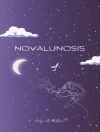Leishmaniasis is a neglected infectious disease of great importance in the Region of the Americas because of its prevalence, wide geographical distribution, morbidity and mortality. Several species of Leishmania can cause disease, and the resulting presentations differ in their clinical manifestations, diagnostic signs, severity, and treatment responses. The three main forms of leishmaniasis disease are: cutaneous, mucosal or visceral, of which cutaneous leishmaniasis is the most common. Visceral leishmaniasis (caused by L. infantum) is the most severe form and can cause death in up to 90% of untreated people.In 2013, PAHO, with the support of the Spanish Agency for International Development Cooperation, developed recommendations for the treatment of leishmaniasis in the Americas using the Grading of Recommendations Assessment, Development and Evaluation (GRADE) methodology. Since that time, new evidence has accumulated necessitating a revision of these recommendations. This publication, the second edition of the treatment guidelines for the Americas, has been put together with the leadership of PAHO’s Regional Program for Leishmaniasis with the support of the World Health Organization. It presents updated therapeutic recommendations for all three major forms of leishmaniasis disease, detailing the schemes and criteria for indication of treatment in the regional context.There are several notable changes from the first edition. For cutaneous disease, ketoconazole has been removed from the list of treatment options. Evidence for thermotherapy and pentamidine isethionate has been upgraded to "conditional" from "weak" in the previous edition. The number of Leishmania species for which there is strong evidence of the effectiveness of miltefosine has increased from two to four. And the evidence for intralesional antimonials in this disease form is now strong, whereas previously it was considered weak. The evidence for treatments for mucosal leishmaniasis – which is now considered separately to cutaneous disease – has become stronger since the first analysis, with the recommendation for use of pentavalent antimonials with or without oral pentoxifylline now strong. For visceral disease, the evidence has moved in the other direction. Whereas in the first edition, the evidence was considered strong for pentavalent antimonials, amphotericina B deoxycholate, it is now conditional. For miltefosine, there is now strong evidence against its useage. Further changes include the division of recommendations by adult and pediatric populations and the addition of new specific recommendations for immunocompromised patients that were not available in the first edition, including a strong recommendation against the use of pentavalent antimonials.
Pan American Health Organization
Guideline for the Treatment of Leishmaniasis in the Americas [PDF ebook]
Guideline for the Treatment of Leishmaniasis in the Americas [PDF ebook]
Beli ebook ini dan dapatkan 1 lagi PERCUMA!
Bahasa Inggeris ● Format PDF ● Halaman-halaman 160 ● ISBN 9789275125038 ● Penerbit Pan American Health Organization ● Diterbitkan 2022 ● Muat turun 3 kali ● Mata wang EUR ● ID 8993491 ● Salin perlindungan Adobe DRM
Memerlukan pembaca ebook yang mampu DRM
